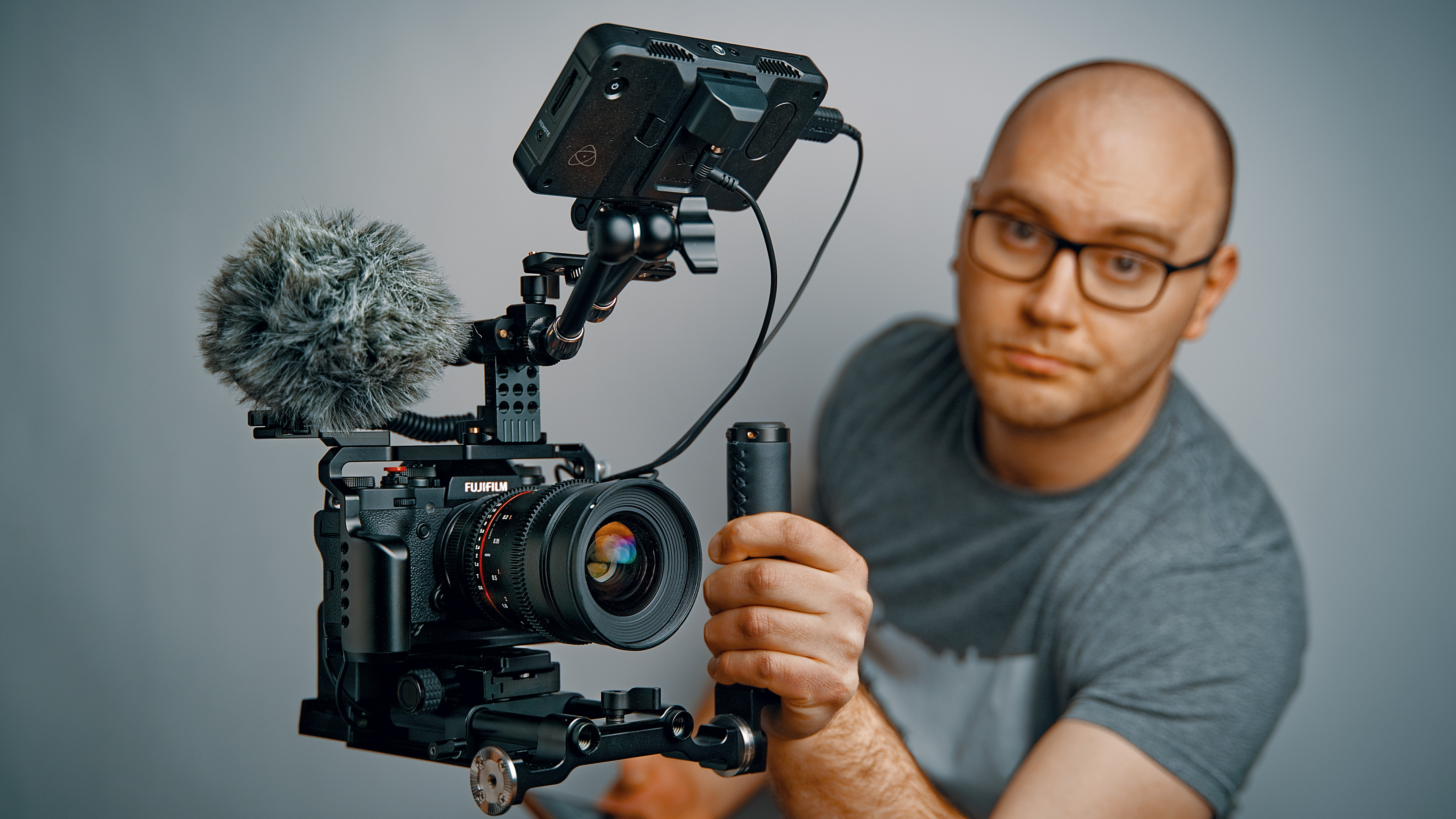

We've discussed the disadvantages of AGC in camcorders before and this is no different. If you don't find one, it may be time to rethink your audio input strategy.įinally, there is the issue of Automatic Gain Control or AGC. But what if you want to hook up a line level source? Here, you'll have to go menu-diving and look for a signal pad or some other adjustment to compensate for the higher signal level. Most HDSLRs handle microphone signals just fine.

The other question we have to answer is what happens to the audio once we plug it into the camera? If you're simply attaching a microphone, that's the ideal setup. It doesn't look like that will change any time soon, so we'll just have to deal with it and move forward. It works fine in most cases but lacks several key features of professional connectors – specifically, balanced audio, phantom power and durability. This is the same size connector found on your MP3 player, laptop computer and many other consumer devices. As with small camcorders in the past, there's usually only room for one kind of audio connector the ubiquitous (and infamous) 1/8-inch mini-jack. First, you need some sort of audio input. So, how do you handle DSLR audio? The answer may depend on the camera.

Today, video recording is a major feature and many people buy a new camera for that reason alone. In the past, if video capabilities were included in a still-shooting camera, they were just a novelty. In addition, the manufacturers are just now embracing the market-changing impact of this new breed of hybrid camera. There's just no room on the body of a standard still camera for bulky professional audio connectors. We'd all love a couple of nice, secure XLR audio inputs on our camera, and they're available on many models of camcorders – just not on the new DSLRs. Of course, if you want the visual quality, it's worth looking for audio options and there are several out there. DSLRs are designed for photographers, not videographers, so the audio features leave something to be desired. But one of the biggest downsides is capturing audio. Plus, as a bonus, DSLRs take pretty nice still photos, too. For around $1000, you get a fully functional high definition video camera, interchangeable lens options and super shallow depth of field for a very cinematic look. Have you joined the revolution? Many video shooters have switched from traditional camcorders to DSLR still cameras.


 0 kommentar(er)
0 kommentar(er)
